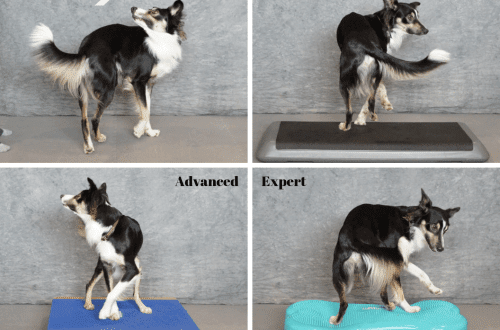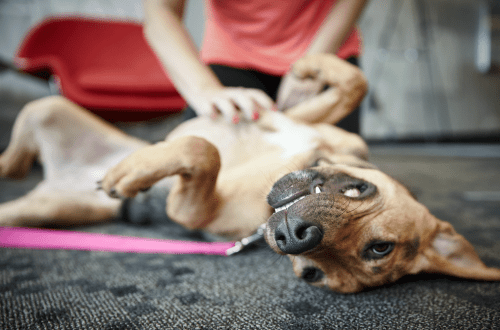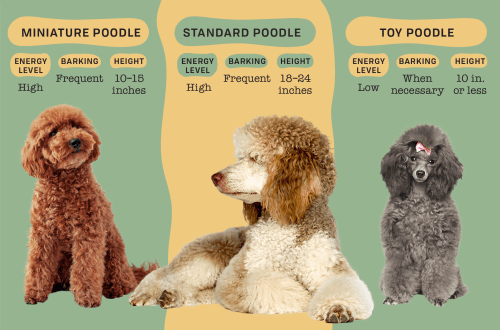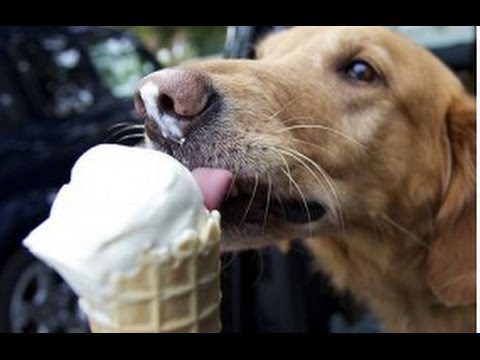
Do dogs get brain freeze?
There is nothing better than enjoying a cool scoop of ice cream on a hot summer day. But sometimes this means a high chance that you will experience the unpleasant sensation of “brain freeze”, that is, a short-term headache caused by eating cold food too quickly. Due to the prevalence of this phenomenon in people, the question arises: “Does this happen in dogs?” Although the occurrence of cold pain in animals has not been scientifically proven (yet), there are several signs that may indicate that your dog is experiencing tingling or sharp pains in the head area. Don’t worry – there are ways to let your pet enjoy a nice cold summer treat without having to worry about “brain freeze”!
Contents
What a dog with cold pain might look like
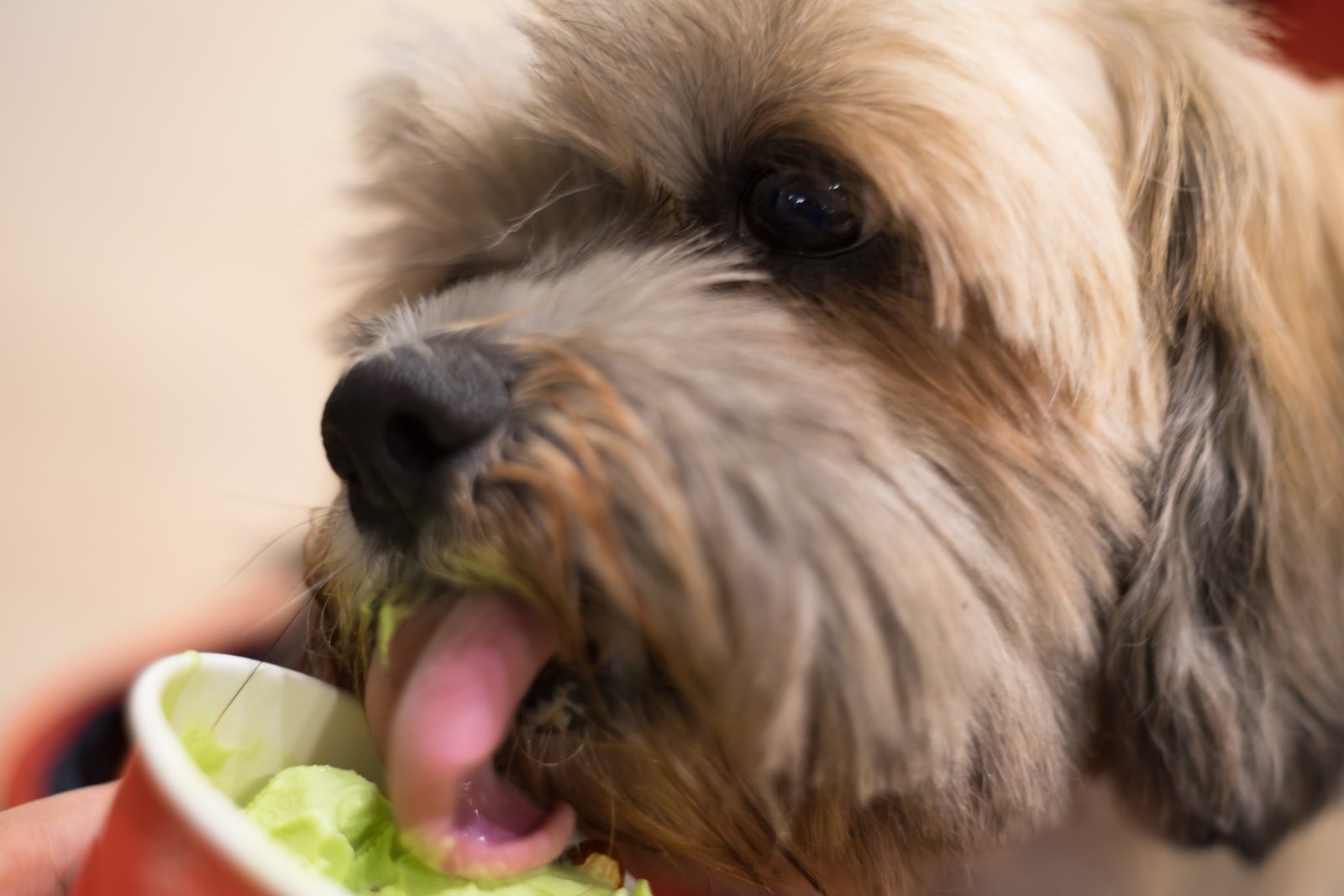
On the internet, you can find many videos of cats, dogs, and even otters that appear to be experiencing cold headaches. Their eyes widen, sometimes they open their mouths wide, which gives them a surprised look. Since both humans and dogs are mammals, it’s possible that our furry friends, like us, may experience cold pain while enjoying a cold treat. Dr. Zachary Glantz of PetMD, VMD, notes: “Brain freeze” in humans is technically called sphenopalatal ganglioneuralgia, which means “pain in the sphenopalatine nerve.” It occurs when one of the blood vessels in the mouth or throat is rapidly cooled by the contents of the mouth (such as ice cream), which causes some dilation of the blood vessels, which is perceived as pain. Humans, unlike other mammals, have higher cognitive function and know to eat cold treats slowly or take breaks if it gets too cold. Dogs and other mammals do not understand what causes them pain and tingling, and therefore they need a person to intervene and help stop the cold pain.
Prevention of “brain freeze”
Dogs get very hot in the summer and enjoy special refreshing treats. Although traditional ice cream is not recommended for dogs, there are many other approved frozen treats made especially for dogs. However, dogs often eat very quickly and are likely to experience a “brain freeze” sensation. One way to prevent a possible painful reaction and tingling nerves is to give your pet treats in small bites rather than all at once. You can also mix frozen treats with traditional treats to minimize the possibility of a cold snap. Stroking and lightly massaging the dog’s head can also reduce excessive tingling.
In addition, you should pay attention to the temperature of the water that you give the animal. Sometimes in the summer you want to help cool him down by adding a couple of ice cubes to the water, but the colder the water, the more likely it is to get a cold headache. It is better to give your dog plenty of cool than some cold water.
Additional Ways to Help Your Dog Cool Down
It is hoped that you will be able to identify the signs of “brain freeze” and alleviate and reduce the dog’s discomfort. If you find that these sensations become too painful for her and decide to stop giving her cold treats, consider other ways to help your pet cool off on a hot summer day. Install a paddling pool or backyard sprinkler. There are also many pet-friendly water parks opening around the world that will keep your dog active, outgoing and cool. Summer is the perfect time to have fun with your pet, but always try to give him the opportunity to be in the shade and cool off with fresh water or cold dog treats.



